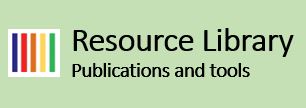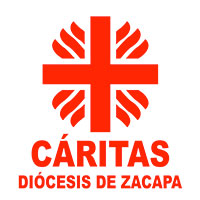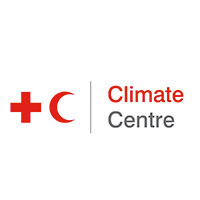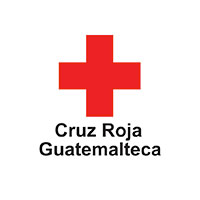Guatemala
Local context
Guatemala is considered the fifth country in the world most at risk from natural disasters, due to its geophysical conditions, population density and poverty levels. The country’s high vulnerability has a high human cost and at the same time a negative impact on productivity, which creates a setback in the country's development. Between 2014 and 2015, Guatemala experienced the impact of an active El Niño weather pattern, resulting in prolonged drought and food insecurity. In 2018, the country suffered one of the worst natural disasters in Latin America, the eruption of the Volcano of Fire, burying communities causing loss of life, as well as loss of homes and livelihoods.
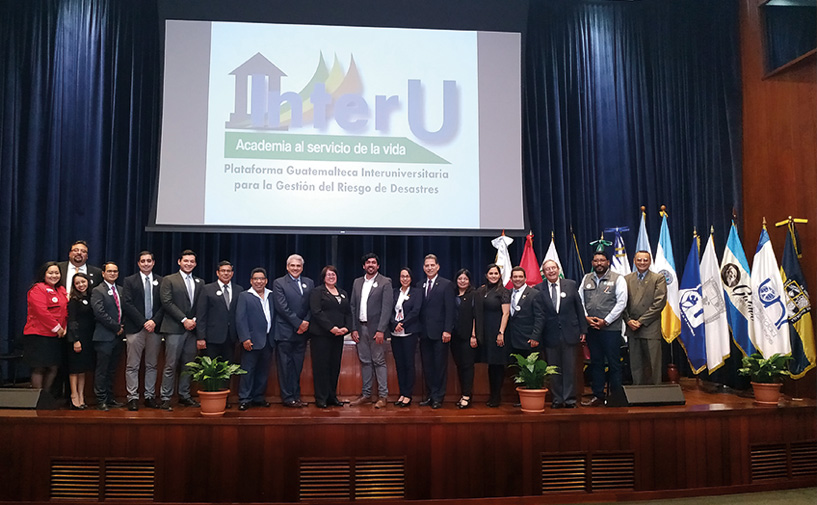
Key institutions within the academic sector in Guatemala have joined the Inter-University Platform for Disaster Risk Management (spanish acronym InterU-GRD) to contribute to the development of Guatemalan society and the most vulnerable communities within, and to develop knowledge on disaster risk management, strengthening the national policies and practices.
The programme: Dialogue and Dissent
The Guatemala Partners for Resilience Programme is implemented with the overall goal of enhancing the resilience of vulnerable communities to the disasters provoked by climate change and environmental degradation. This is done through an Integrated Risk Management approach. In collaboration with designated government institutions, networks of national civil society organisations, and regional platforms, such as the Coordination Center for the Prevention of Natural Disasters in Central America (CEPREDENAC), the programme has supported (among others) the activities below.
Examples of the activities and achievements in Guatemala:
- Educational modules and a methodological support guide for teachers, aimed at the inclusion of IRM in formal and non-formal education. The modules have been printed and distributed in large numbers by the Ministry of Education.
- A Vulnerability reduction guide for Municipal Governments, adopted by the Ministry of Environment.
- Creation of a model for Gender monitoring within government institutions, first adopted and actively used by the National Coordinator for Disaster Reduction (CONRED).
- A Inter-University Platform for Disaster Risk Management.
Recent Resources
No resources available for this country.
Programmes
- Dialogue and Dissent Strengthening the capacity of civil society to engage in dialogues with stakeholders for improved disaster risk reduction policies, practices, and investments.
Read more - Up-scaling Eco-DRR Increasing communities resilience and reducing disaster risks through ecosystem-based solutions.
Read more





